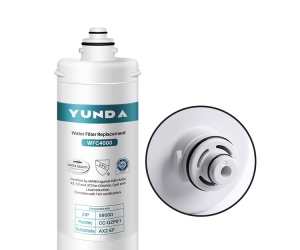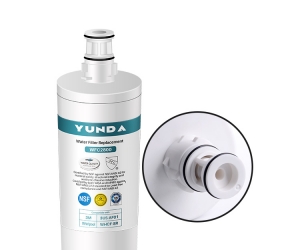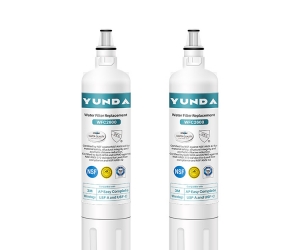Reverse osmosis system is a special filtration method. It uses semi-permeable membranes with fine pores that allow pure water to pass through, while excluding larger molecules (such as dissolved salts (ions) and other impurities such as bacteria). Reverse osmosis is used to produce high-purity water for drinking water systems, industrial boilers, food and beverage processing, cosmetics, pharmaceutical production, desalination, and many other applications. Since the 1960s, it has become a recognized technology and has been commercialized.
Reverse osmosis system is a continuous-running treatment technique that uses pressure to pass source water through the membrane to separate impurities from the water.
Reverse osmosis systems work by reversing the principle of osmosis (the natural tendency of water with dissolved salts to flow through the membrane from low to high salt concentrations). This process is all over nature. Plants use it to absorb moisture and nutrients in the soil. In humans and other animals, the kidney uses osmosis to absorb water from the blood.
In reverse osmosis systems, pressure (usually from a pump) is used to overcome the natural osmotic pressure, forcing the feed water with a load of dissolved salts and other impurities through a highly complex semi-permeable membrane to remove a high percentage of impurities. The product of this process is high-purity water.
The discharged salts and impurities are concentrated above the membrane and then discharged from the system to drain or transfer to other processes. In typical commercial industrial applications, 75% of the feed water is purified. In applications where water conservation is important, 85% of the feed water can be purified.
Reverse osmosis systems use cross filtration, where the solution passes through the filter through two outlets: filtered water flows in one way, and contaminated water flows in another way. To avoid the accumulation of pollutants, Cross-flow filtration allows the water to remove contaminant buildup and sufficient turbulence to keep the membrane surface clean.




